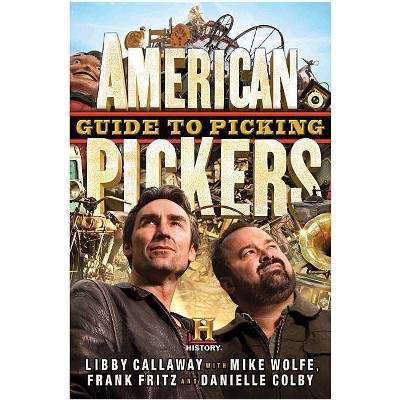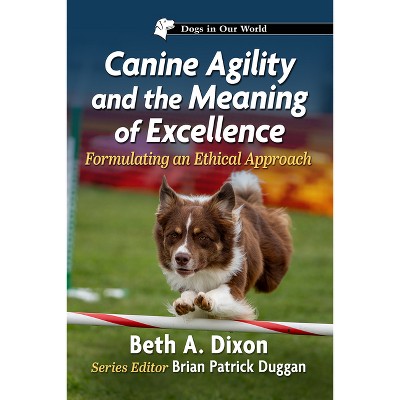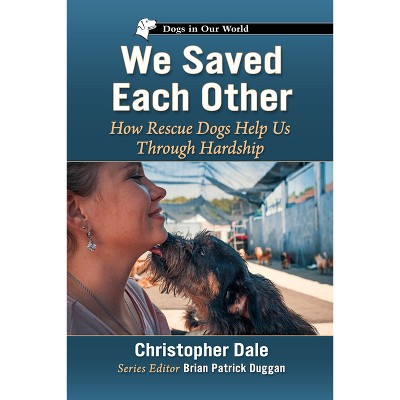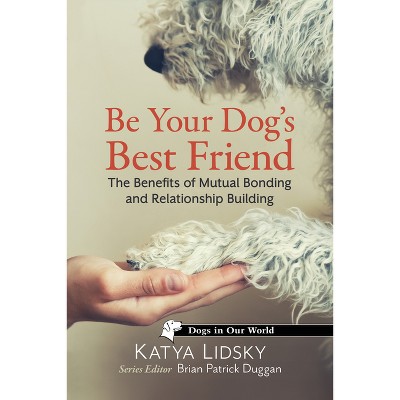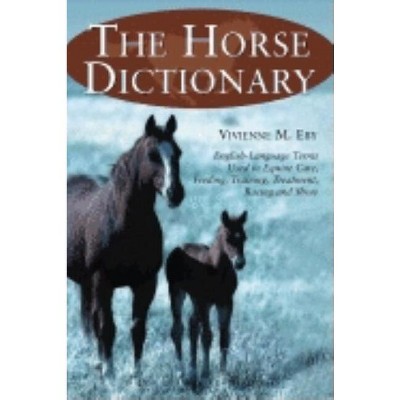Sponsored

Canine Crania - (Dogs in Our World) by Bryan D Cummins & Kaelyn Racine (Paperback)
In Stock
Sponsored
About this item
Highlights
- With the establishment of national kennel clubs, conformation dog shows, and pedigrees that only register "purebred" dogs, the majority of these breeds have only been developed in the last 165 years.
- About the Author: Bryan Cummins, PhD, is an anthropologist who has conducted archival and field research in Canada, the United Kingdom, the United States, and France and taught for McMaster University's Department of Anthropology for 25 years.
- 283 Pages
- Pets, Dogs
- Series Name: Dogs in Our World
Description
About the Book
"With the establishment of national kennel clubs, conformation dog shows, and pedigrees that only register "purebred" dogs, the majority of these breeds have only been developed in the last 165 years. Today's dog comes in a seemingly infinite range of sizes, shapes, coats, and colors. This diversity is the product of selective breeding which, in turn, is primarily in the hands of breeders and judges. Perhaps nowhere is the diversity of the dog more evident than in the skull, which, in contrast to wild canids, is too often misshapen and deformed. With selective breeding to arbitrary standards of canine beauty comes a myriad of health concerns, including shortened life expectancy in many cases. We have literally shaped-and continue to alter-the domestic dog, but we must ultimately ask two questions: for what purpose and at what cost to our "best friend?"--Book Synopsis
With the establishment of national kennel clubs, conformation dog shows, and pedigrees that only register "purebred" dogs, the majority of these breeds have only been developed in the last 165 years. Today's dog comes in a seemingly infinite range of sizes, shapes, coats, and colors. This diversity is the product of selective breeding that, in turn, is primarily in the hands of breeders and judges.
Perhaps nowhere is the diversity of the dog more evident than in the skull, which, in contrast to wild canids, is too often misshapen and deformed. With selective breeding to arbitrary standards of canine beauty comes myriad health concerns, including shortened life expectancy in many cases. We have literally shaped--and continue to alter--the domestic dog, but we must ultimately ask two questions: for what purpose and at what cost to our "best friend"?
About the Author
Bryan Cummins, PhD, is an anthropologist who has conducted archival and field research in Canada, the United Kingdom, the United States, and France and taught for McMaster University's Department of Anthropology for 25 years. He lives in Ontario, Canada. Kaelyn Racine, MSc, is a recent graduate of Queen's University Belfast in Northern Ireland. Her academic research focuses on environmental conservation, climate change, and the impact of human development on natural ecosystems. She lives in Ontario, Canada.Shipping details
Return details
Frequently bought together
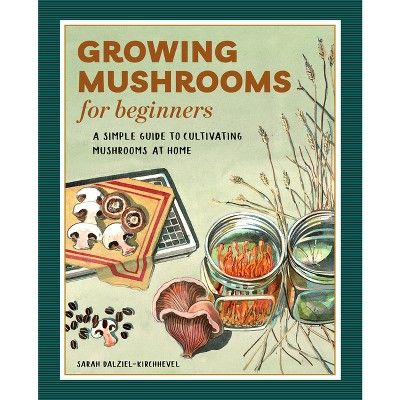
Trending Non-Fiction










